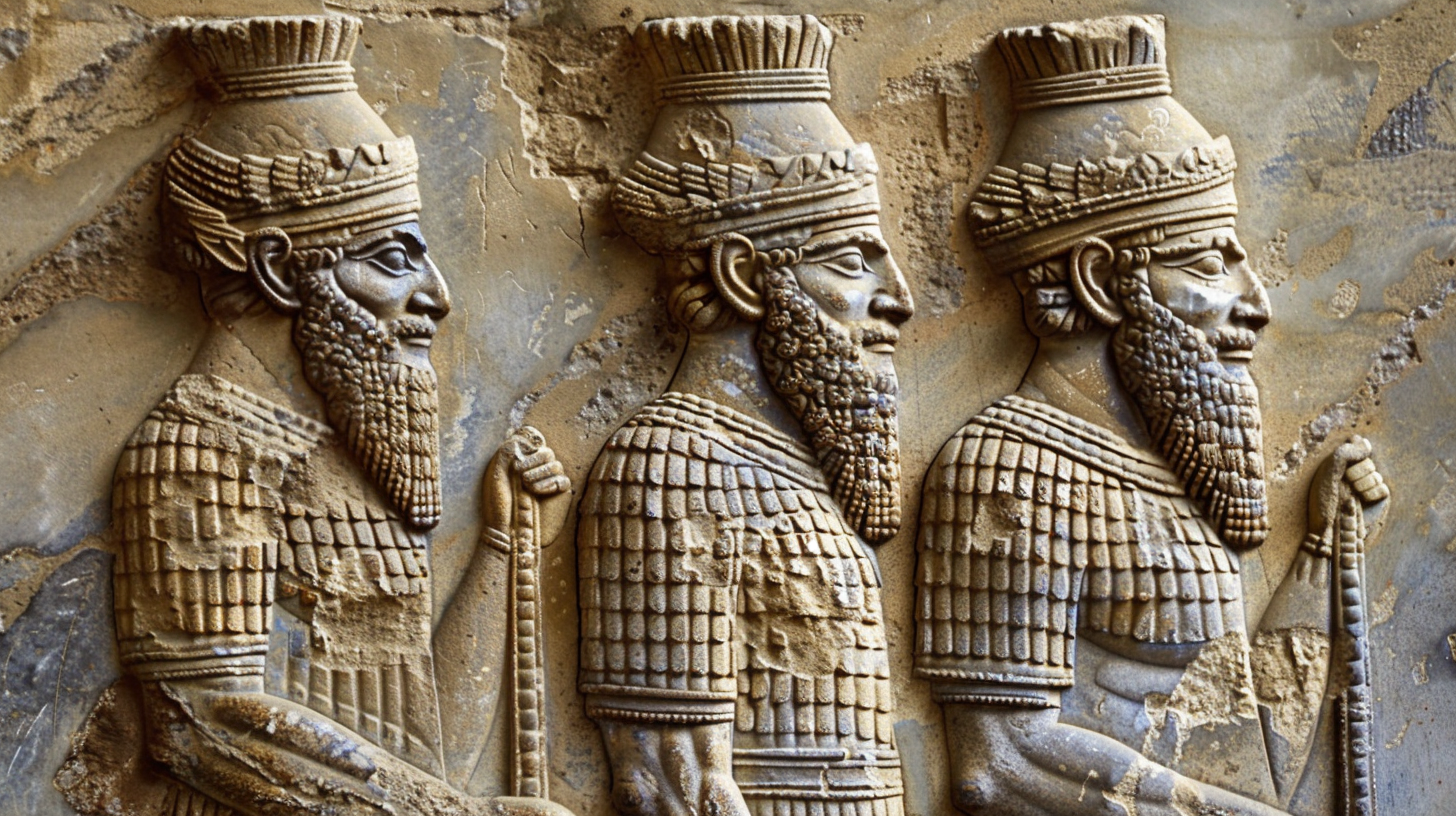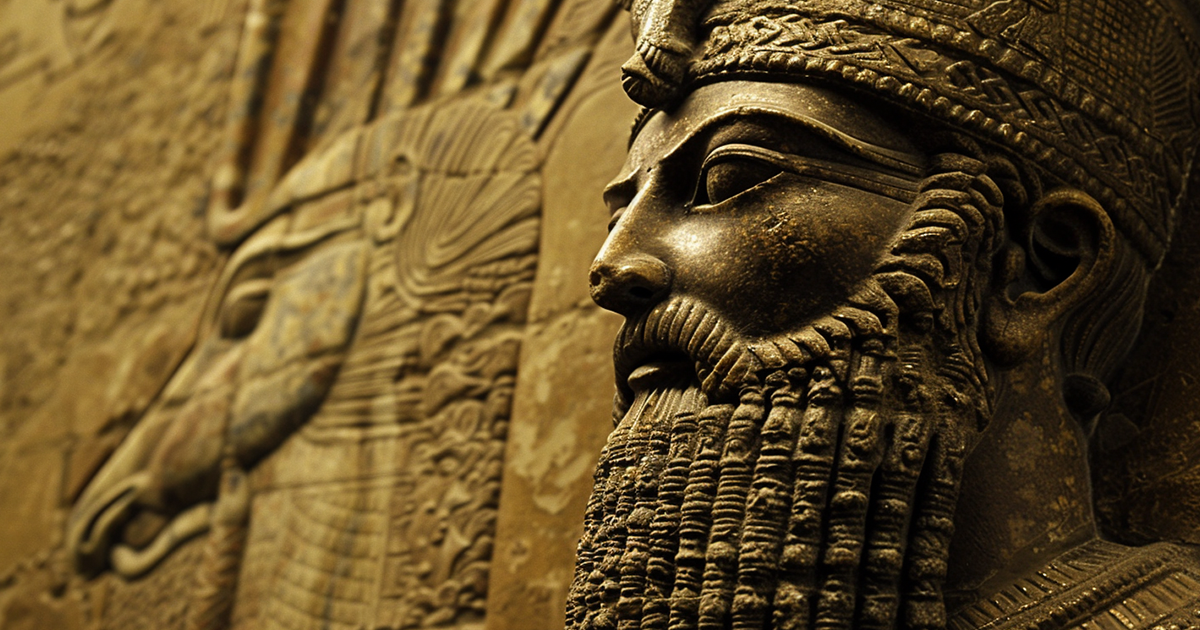The fascination with the enigmatic Sumerian Kings’ List, an important historical manuscript from Mesopotamia, has gripped the attention of scholars and historians. Scholars and historians have been captivated by this significant historical document, which portrays rulers allegedly holding power for centuries. The document has sparked debates and controversies, with various hypotheses ranging from mythical immortality to potential extraterrestrial influences. By exploring this mysterious document, one can glimpse ancient civilizations and prompt a reassessment of our understanding of history, human longevity, and the existence of otherworldly powers.
At the heart of this cryptic puzzle lies the Sumerian Kings’ List itself – an inscription on a tablet adorned with cuneiform script detailing the rulers of Sumerian city-states. This ancient record portrays these rulers as having remarkably extended lifespans, with some believed to have ruled for tens of thousands of years. Prominent figures like Alulim and Alalngar are depicted as ruling for substantial periods, while others, such as Enmebaragesi and Lugalbanda, are credited with reigns spanning thousands of years.
Advocates of the historical interpretation of the Sumerian Kings’ List argue that the prolonged reigns of these rulers could be attributed to symbolic numbers, exaggerated myths, and the distinct temporal concepts of ancient Mesopotamia. They suggest that the inflated figures might symbolize eternal sovereignty or divine authority, rather than actual lifespans.

Additionally, supporters of this viewpoint draw parallels between the Sumerian Kings’ List and other ancient manuscripts containing accounts of long-reigning monarchs. Similar narratives can be found in genealogies from various ancient Near Eastern cultures, such as the Babylonian Dynastic Chronicle and the Sumerian Eridu Genesis, indicating that the notion of enduring monarchies was a common theme in ancient mythologies beyond Sumer.
In contrast, skeptics offer alternative interpretations, proposing that the lengthy lifespans recorded in the Sumerian Kings’ List may be rooted in symbolic allegory or clerical errors rather than historical realities. They argue that ancient societies, including the Sumerians, used symbolic numbers to convey abstract ideas or religious beliefs, interpreting the lengthy reigns symbolically instead of literally.
Furthermore, critics advise against imposing modern standards of historical accuracy on ancient texts and stress the importance of understanding the cultural and religious context in which the Sumerian Kings’ List was composed. In the absence of definitive corroborative evidence, such as archaeological findings or contemporary historical records, the claims made in this manuscript remain speculative.
Another viewpoint on the Sumerian Kings’ List suggests that the prolonged lifespans ascribed to the rulers may originate from cultural memories or oral traditions rather than actual events. In ancient Mesopotamian societies, kingship was equated with divine legitimacy, and rulers were revered as quasi-divine figures. Therefore, the extended reigns chronicled in the Sumerian Kings’ List could symbolize a cultural veneration for monarchs rather than a precise historical narrative.
In conclusion, the interpretation of the Sumerian Kings’ List, with its depiction of long-ruling monarchs, continues to be a subject of discussion and speculation among historians and scholars. Whether these rulers were immortal beings, linked to extraterrestrial encounters, or merely products of mythological symbolism, one thing is certain – the enigma of the Sumerian Kings’ List endures as a captivating mystery, propelling the investigation of ancient puzzles and pushing the boundaries of human understanding.
